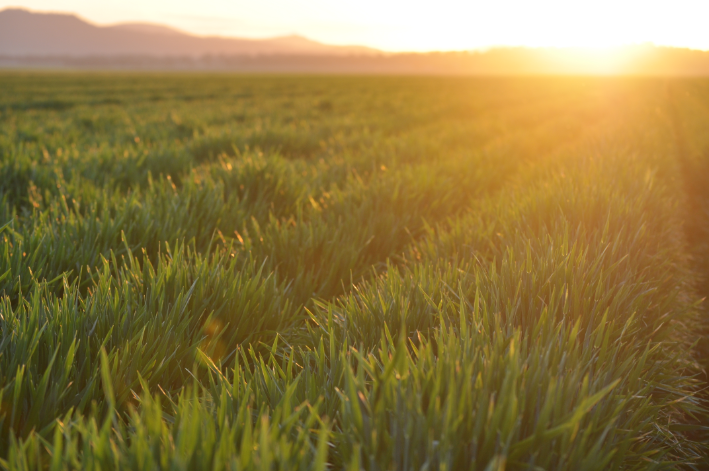Researchers from the University of New England (UNE) and Queensland’s Department of Agriculture and Fisheries (DAF) have begun work on a $2.2 million project that will help grain growers improve crop yields limited by soil constraints without breaking the bank.
In collaboration with agronomists and economists from across the country, the team are working on-farm with Queensland and New South Wales growers to trial various soil improvement methods and determine their long-term economic viability.
The project, which has investment from the Grains and Research Development Corporation (GRDC) aims to improve farming system resilience and increase grower production and profits, especially in times of drought.
“We are working very closely with growers to identify what works at a commercial scale,” said Dr Richard Flavel, from UNE. “This project should enhance our current understanding of what methods are likely to improve which soils, and whether growers will see a return on the investment of soil amelioration.”
In some areas of Australia, growers receive sufficient rainfall for reasonable yields but don’t necessarily reach that potential. This is called a ‘yield gap’. In some cases, these exist because the soils have high sodium, salt or pH levels which make it difficult for the roots to access the stored water, particularly deep in the profile. This can mean that some of the rainfall received isn’t utilised.
Over the past four years, the team have been exploring ways to overcome this as part of a separate GRDC investment. While some soil amelioration methods have seen yields improve by up to 30 percent, it is still uncertain whether the investment to achieve this increased growth is economically viable in the long term.
By 2026, it’s anticipated this new research will provide the industry with a clearer answer.
UNE is partnering with DAF to combine our collective expertise in agronomy and soil science, especially in the northern region of NSW and southern Queensland. We are excited to contribute to increasing regional resilience.
“The first way we will do this is by continuing to look at our long-term trials on farm. These are trials where we have amended the soils with products and strategies that should increase water and nutrient availability from the lower part of the soil profile. We are working out how long the effects will last.
“We are also working closely with a number of farmers to take a look at what they have implemented at larger, more commercially relevant scales and how well that works spatially and economically to see whether some slightly less drastic and less expensive methods might be just as good.”
Over the next three years, results will be shared via regular growers reports and will be included in a biannual newsletter. Regular face-to-face field days and farm visits will also be held.
“UNE is partnering with DAF to combine our collective expertise in agronomy and soil science, especially in the northern region of NSW and southern Queensland. We are excited to contribute to increasing regional resilience.”
The Economics of Amelioration of Subsoil Sodicity project is a GRDC investment in collaboration with DAF, the University of Queensland, and growers across Queensland and New South Wales.
If you are a grower who is keen to get involved, please contact the team by emailing rflavel3@une.edu.au.


